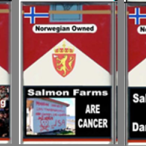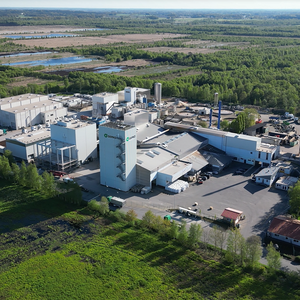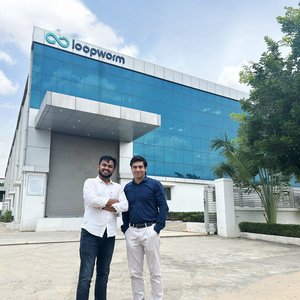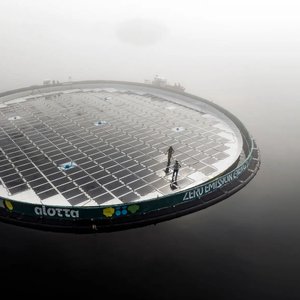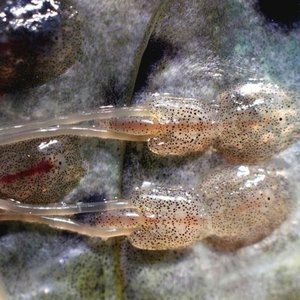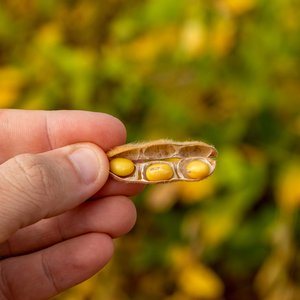Is salmon feed sustainable?
Scientists, the industry and environmental organisations are collaborating to provide the answer to an important component: the feed resources.
The goal is to develop a resource budget in which the scientists measure how much of the protein and energy from the feed raw materials are still in the fillet when it is sold to the consumer. The scientists will also make resource budgets for other types of animal productions to see how efficiently they are utilising the feed resources when compared with salmon.
The scientists will initially evaluate the models that have been used to calculate the use of resources and eco-efficiency, and discuss which models are suitable to use in the future in order to compare different types of animal production.
With the growth of the salmon industry, its impact on the environment has been subjected to greater scrutiny. The increased focus of consumers on sustainability and food safety has also put pressure on the salmon farming companies to document that the feed is produced in an acceptable manner. The use of fishmeal and fish oil from wild fish in salmon feed in particular has been a subject of debate.
“This discussion requires the definition of evaluation criteria that are objective and thoroughly prepared. In collaboration with other research environments and representatives from the salmon industry and the environmental movement, we want to clarify the use of concepts and arrive at which parameters should be included in the calculation of the sustainability of the feed resources,” says Director of Research, Feed and nutrition at Nofima, Torbjørn Åsgård.
Examples of models that are used to assess sustainability include carbon footprints, ecological footprints and integrated eco-efficiency models.
“This research can contribute to an evidence-based debate about how the industry shall secure the most sustainably and nutritionally efficient utilisation of feed raw materials,” emphasises R & D Director, Aquaculture at the Fishery and Aquaculture Industry Research Fund (FHF), Kjell Maroni.
The salmon industry is competing for resources on the global market. “If hypothetically speaking the salmon industry was discontinued tomorrow, what would the resources be used for?” asks Åsgård.
He does not believe that raw materials currently used for feed would benefit populations in developing nations, but instead end up in the production of other high-cost products for consumers in industrialised nations. Consequently, comparison with animal production such as chickens and pigs is extremely relevant.
“We have to dare to discuss ethical production based on how the world is and not how it should be. The greatest challenge over the next 30-40 years is to produce enough food to feed at least nine billion people,” says Åsgård.
“Consequently, the available resources must be utilised as efficiently as possible. The majority of land-based farming areas are already in use, and the world’s fisheries are not expected to be able to be increased significantly above today’s level. The efficient utilisation of resources in the aquacultural production of fish and other organisms are therefore interesting possibilities.”
The research project now starting will be carried out by Nofima on commission for FHF. In the next stage of the project the scientists will assess the most important ingredients in today’s salmon feed as well as relevant future ingredients based on factors such as sustainability, economics, health, food safety and feed quality.
Hear scientists from Nofima present some of their latest research at the Aquafeed.com conference, Aquafeed Horizons 2011, May 3, 2011 Cologne Germany, during Victam International 2011.
Confirm your place online by April 15, 2011 at www.feedconferences.com.


